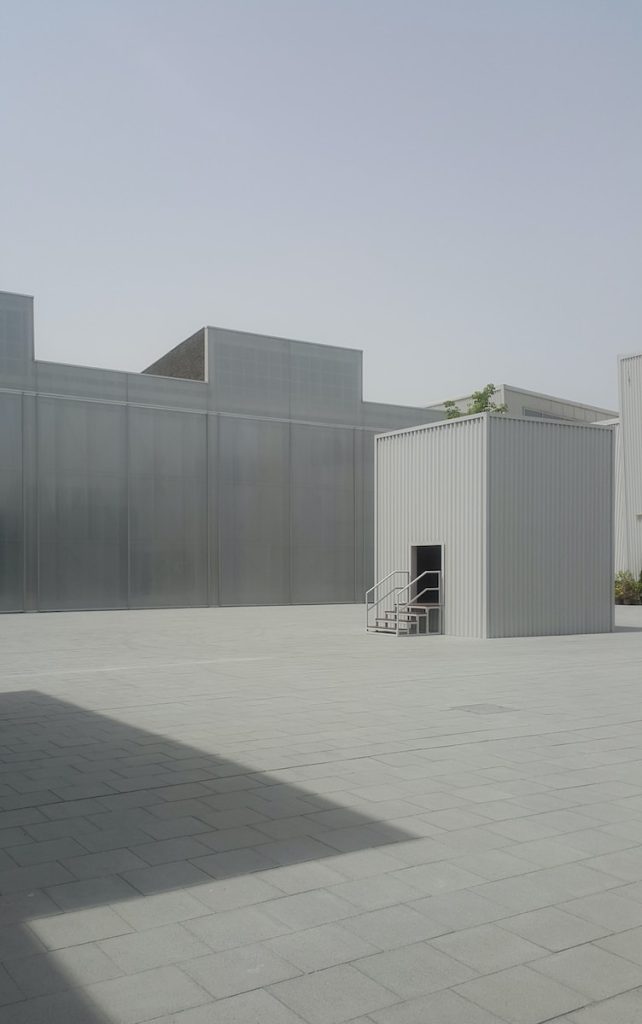Introduction
Greetings, fellow container home enthusiasts! I’m Lulaa Black, your trusty guide through the fascinating world of container homes. For the past four years, I’ve been exploring the incredible possibilities that these steel giants offer. Today, we’re going to dive into an increasingly important aspect of container home construction – developing container home solutions for emergency housing.
While container homes are gaining popularity for their affordability and sustainability, they also play a crucial role in providing swift, durable, and cost-effective housing solutions during emergencies. Whether it’s natural disasters, refugee crises, or urgent housing needs in impoverished regions, container homes have proven to be a versatile and efficient response.
In this article, we’ll explore the ins and outs of developing container home solutions for emergency housing, highlighting the challenges and showcasing inspiring examples.
The Versatility of Container Homes in Emergency Situations
Container homes offer a unique set of advantages when it comes to emergency housing solutions. Let’s take a closer look at what makes them so versatile:
One of the standout features of container homes is their mobility. Containers can be transported quickly to areas affected by natural disasters or humanitarian crises, providing immediate relief and shelter to those in need.
Containers are built to withstand the harshest conditions, making them an ideal choice for emergency housing. They can withstand extreme weather, temperature fluctuations, and even seismic activity.
Challenges in Developing Container Home Solutions for Emergency Housing

Now, let’s address some of the challenges that architects, engineers, and humanitarian organizations face when developing container home solutions for emergency housing:
Infrastructure and Services
Providing essential services like water, sanitation, and electricity to container homes in emergency situations can be challenging, particularly in remote or disaster-stricken areas.
Customization
While containers offer a basic structure, customization to meet the specific needs of displaced individuals or communities can be a hurdle.
Examples of Successful Container Home Solutions
Let’s explore some inspiring examples of container home solutions that have successfully addressed these challenges:
Container Cities in Disaster-Prone Areas
In regions susceptible to frequent natural disasters, such as typhoons or earthquakes, container cities have been established. These cities are designed to accommodate displaced communities quickly. They often incorporate disaster-resistant design elements and pre-installed infrastructure.
Refugee Camps
Humanitarian organizations have adopted container homes to provide shelter for refugees fleeing conflict zones. Containers are stacked and modified to create multi-story housing units, maximizing the use of available space while maintaining a sense of security and privacy for residents.
Mobile Medical Clinics

Containers are also being used to create mobile medical clinics in emergency situations. These clinics are equipped with medical supplies and staffed by healthcare professionals to provide critical care to affected populations.
Temporary Housing for Homeless Populations
In urban areas with high rates of homelessness, container homes are being used as temporary shelters. These structures offer a safe and secure place for homeless individuals while they work on finding more permanent housing solutions.
Modular Disaster Relief Units
Modular container homes, which can be easily transported and assembled, are deployed in disaster-stricken areas. These units can serve as emergency housing, medical facilities, or storage units, depending on the immediate needs of the community.
Conclusion
Container homes have evolved far beyond their origins as cargo carriers. They have become a valuable tool in addressing emergency housing needs worldwide. Their versatility, durability, and cost-effectiveness make them an ideal choice for rapid deployment in crisis situations.
As we continue to develop container home solutions for emergency housing, it’s essential to address regulatory challenges, improve infrastructure support, and ensure customization to meet the specific needs of affected communities. With continued innovation and collaboration between architects, engineers, humanitarian organizations, and governments, container homes will play an even more significant role in providing swift and sustainable housing solutions during times of crisis.
So, whether you’re a container home aficionado or simply intrigued by the potential of these steel giants, keep an eye on the incredible ways container homes are making a positive impact in emergency housing situations around the world. Who knew that something as simple as a steel box could hold the key to solving some of the world’s most pressing housing challenges? Stay tuned for more exciting developments in the world of container homes!
Was this response better or worse?BetterWorseSame




















Find Us on Socials